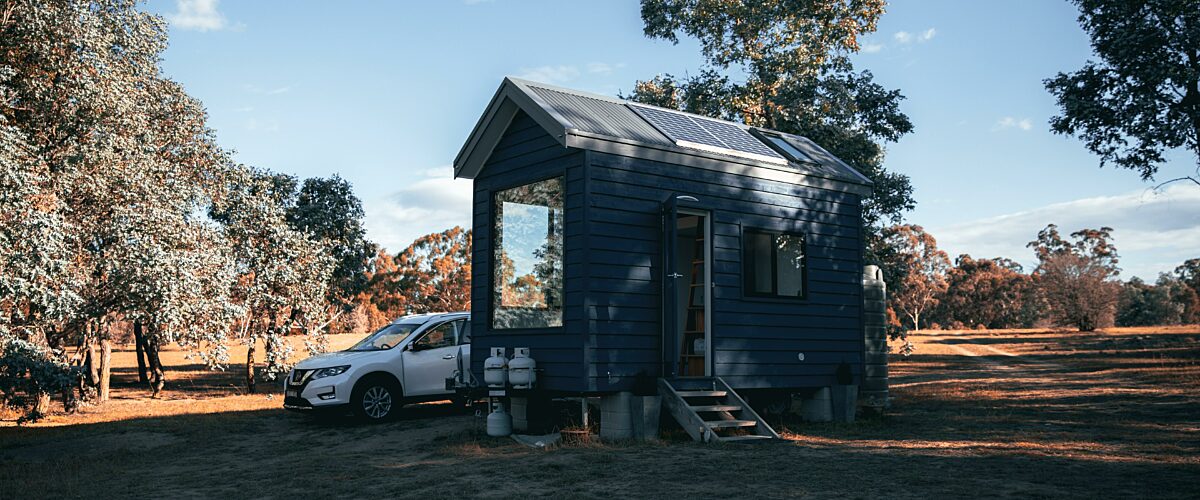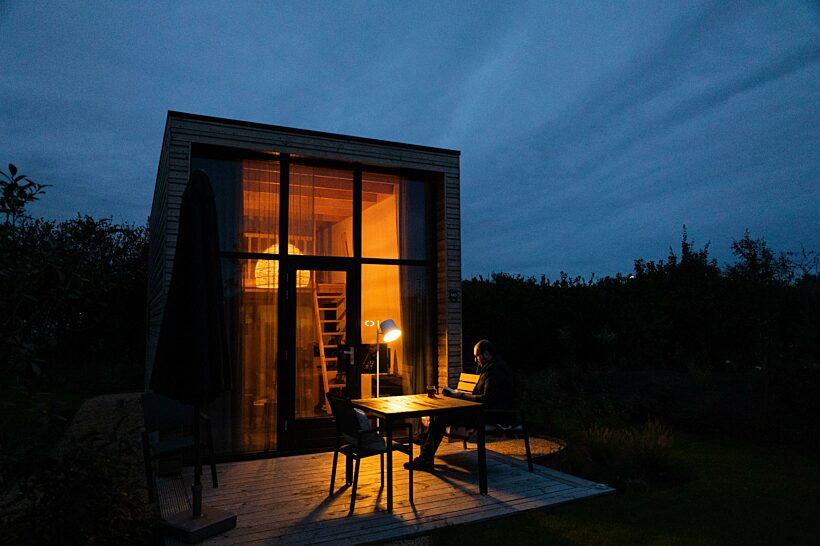
How to make your tiny house smart
A tiny house seems like the perfect weekend getaway to switch off from all the (digital) clutter. Moreover, more people make the deliberate choice to live in a tiny house permanently. It's seen as a form of ultimate freedom and good for the environment. What should you take into account when you want to make your tiny house smart?
What is a tiny house?
But what exactly is a tiny house? The tiny house movement originates from the United States and promotes living in a tiny home that contains a living area, sleeping loft, kitchen and bathroom all in one space. Most tiny houses are constructed to fit a trailer so they can be moved around.
A tiny house can generate its own electricity and store its own water. But apart from this economic benefits, a tiny house has a much smaller ecological footprint. When you don't have the place to stock, you tend to consume less. Since energy efficiency is an important aspect of a tiny house, smart technology can help you out to manage your energy usage better.

Aysegul Yahsi
Tiny house, large comfort
What you should keep in mind is that a tiny house can have exactly the same automation features as a normal home, but configuration will look less complex at first glance. You don't have ten rooms to set up lighting routines for. The same room is used for everything: cooking, sleeping, watching TV... so when you configure a routine it should be multifunctional for all these tasks for optimal comfort. And that might be tricky.
You also don't have the space for a big electrical cabinet. That's why most tiny house owners choose for a wireless set-up with a centralized smart home hub such as Google Home or Samsung Smartthings.
Higher choice, higher risk at noise
A wireless set-up has a few advantages (apart from being wireless). You will have a higher choice in smart home brands and devices you can use for automating your lights, heating and so on. But there are also some difficulties. If you're using different brands, you'll need to look at compatibility. The key to a successful smart home lies in a central control panel or visualization tool where you can configure or adjust settings yourself.
And most of all, there is the risk of noise, which is even more a problem in a tiny house. All the different devices packed into a small space, communicating wirelessly via many frequencies, can cause interferences with each other. So that might be a reason to go for a wired set-up after all. Or you just limit the amount of devices that you want to use.
So when automating your tiny house, the same principles are at work compared to a normal home. But the lack of space might prove challenging both for wired and wireless systems.


